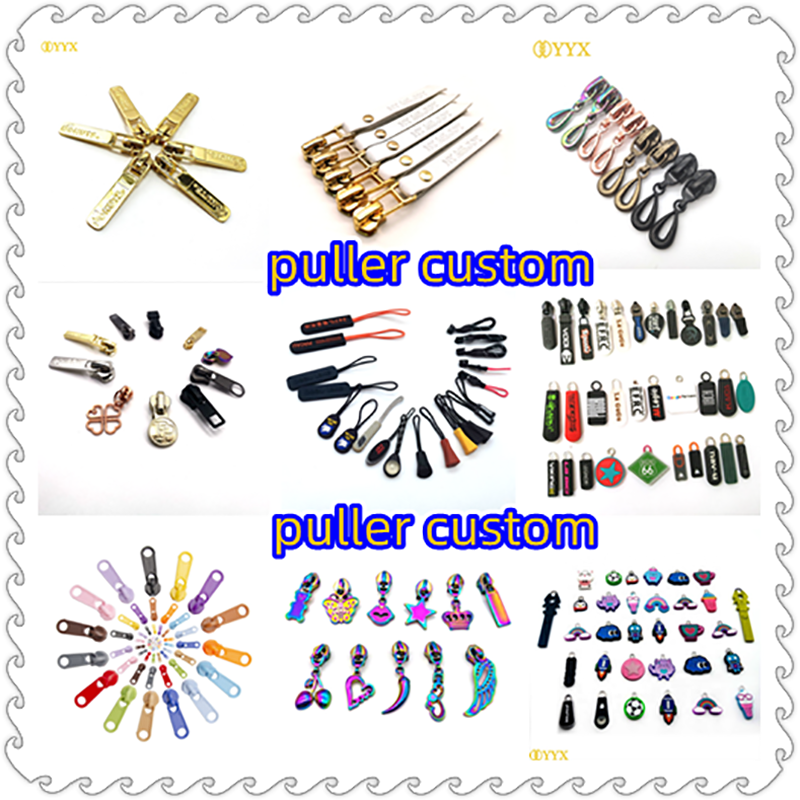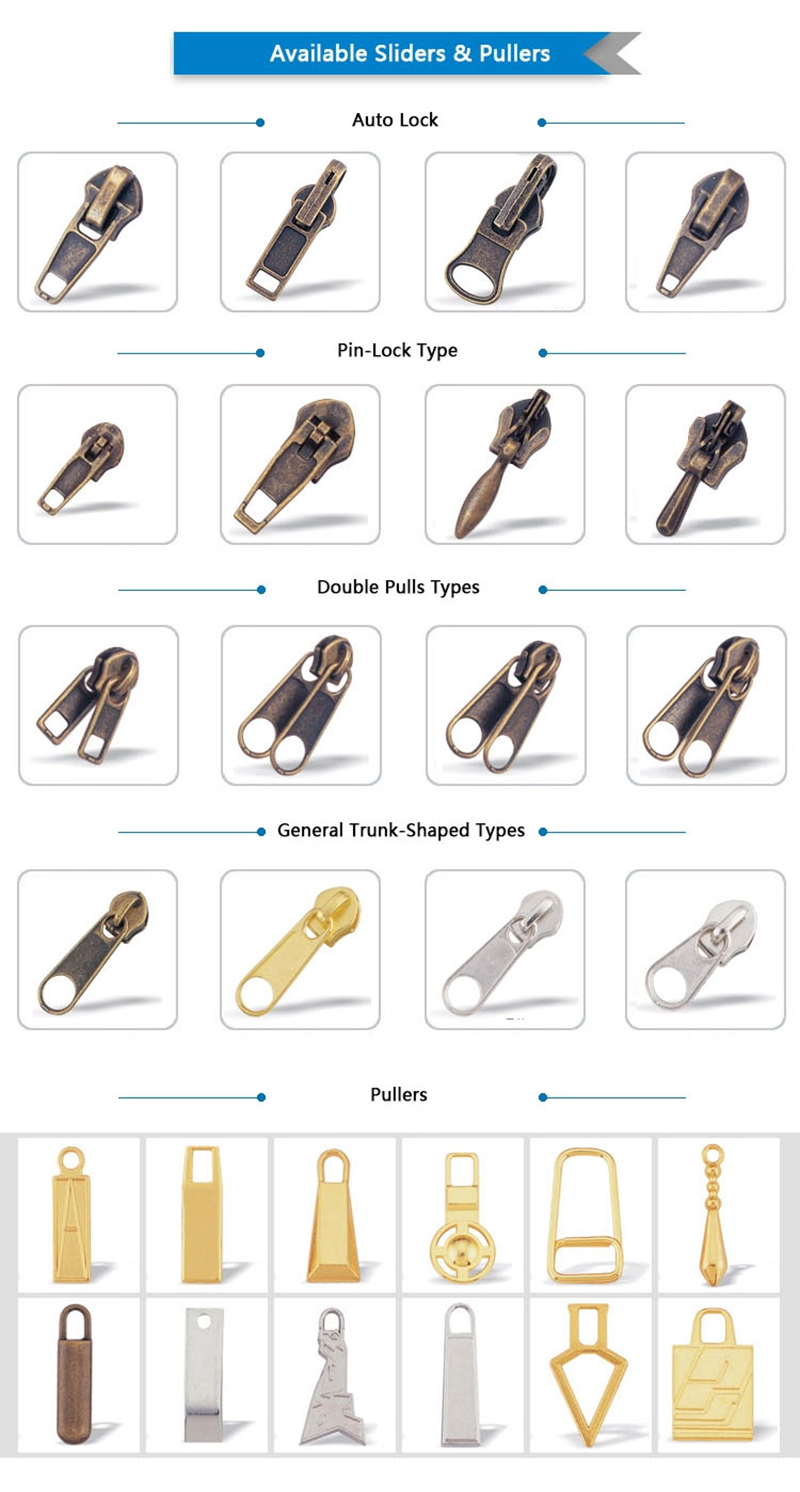Correct design concepts will influence the direction of design. There are many different design concepts currently guiding product design to different directions, resulting in different styles. Considering "good modeling" and opposing specific standards leads to more and more random, non-standard and disorderly designs. The final result of the opposition criteria is anything. This is a creative freedom.
The orthodox design concept in modern design has always played a leading role. However, some anti-orthodox product designs have received a lot of welcome today. The following is a list of modern design concepts: functionalism, modificationism, postmodern design, minimalism, prototype style, high-tech sense, transcendence of high-tech sense, and product semantics.
Functionalism
The explanation of the function in "Ci Hai" refers to the efficacy and function of things, and refers to the merits and abilities. The function is the function and effect of things. The most influential slogan of functionalism is the form of following function. It is believed that the beauty and value of an item or building depends on its adaptability to its purpose. The so-called "functionalism" is to discover the real purpose of the article, and try to make this article can be useful and available, both to meet the needs of most people.
In the course of the development of human modern design for nearly a century, functionalism has always been a main clue throughout, and design will not be able to abandon the first criterion of “meeting people's functional needsâ€. The philosophy of functionalist design is still the mainstream of product design. This cannot be attributed to its honesty, integrity, and authenticity.
Functionalism began from the day when its historical position was established. On the one hand, it produced many excellent designs whose functions are perfect and unified, and it is suitable for industrial mass production. On the other hand, strict geometric modeling and purely intellectual pursuit of function make The design is full of indifference, no human touch, no personality, breaking the symbiosis of different cultures, resulting in stereotyped design.
Essentially, functionalist design of the kernel is impossible to completely abandon. Modern design adopts new industrial materials, pays attention to economic purposes, emphasizes functional elements, and its highly functional and rational characteristics are very easy to conform to the increasingly frequent commercial society of international exchanges. Regardless of architecture, furniture, supplies, graphic design or typeface design, functionalism provides a monotonous yet very effective design basis. This is particularly important in the information age of the Internet age. Global economic integration and the sharing of design resources With the arrival of the era of knowledge economy, all this undoubtedly provides a broad era background for the continued development of functionalism.
At the same time, in the face of the negative effects brought about by functionalism, designers have also begun a new review and reflection. Today, compared with the "features" discussed by the first generation of masters, its significance is not merely to meet the needs of the standardized large-scale industrial production, to meet the low cost, and the use of new materials, and to provide perfect use. Today's "function" should be in line with the dual requirements of mankind's pursuit of physical liberation and spiritual freedom. It should study the impact of science and technology on the way people and people survive, and should face the development of high technology, and the knowledge economy structure society has brought to the design. A new revolution and challenge.
Functionalism takes the form of "following function" and plays an important role in the design process of modernism, but functionalism has also produced some alienation in its development. The most representative ones are "functional follow forms", "forms and forms" formalism design, and American "design follow-up sales" commercialism design.
Modificationism
Modifierism advocates that, on the one hand, daily use of things such as department store lamps, electric irons, hats, shoes, etc. can be changed by some important changes; on the other hand, traditionally designed products can also be modified with surface finishes. Repack it up. Although the decoration does not change the structure of the object, the change of the appearance changes the original historical trajectory of these objects accordingly, and there is an effect of advanced and aristocratic in the style.
Postmodernism
In 1966, American architect Robert Venturi published the book "The Complexity and Contradiction of Architecture." The slogans of functionalism, "less is more," put forward eloquently "less is boring." To promote a messy, complex, ambiguous symbolism and historicism. Thus opened the prelude to postmodernism design.
Postmodernism is a method of extracting, mixing, and splicing historical styles, trying to find new relationships between styles, shapes, colors, and patterns, and thus building a treasure trove of knowledge. The compromise of postmodernism is based on the structural design of modernism.
Strictly speaking, although postmodernism came under threat in the early 1970s, "but its content is very fragile." It does not have a clear design declaration, theory, or principle. The rebellion and challenge to modernism is limited to style and form, it does not go deep into the core of modernism, it does not consider the ideological background and ideological connotation that modernism produced, and it does not consider modern The characteristics of democracy, popularity, and industrialization make it impossible to be the mainstream of design and replace the design of modernism. However, its practice has, to some extent, broken the dreary atmosphere created by the modernist design theory in the field of design, enriched the design vocabulary, expressed the anxiety, suspicion and new cultural background of the prospects for the development of modernism in the post-industrial era. The complex emotions produced replace the purely functional aesthetic requirements. The development of high technology allows us to live in the mirror hall of an information age. Postmodernism attempts to help people to get rid of the fate of being alienated in an increasingly technological and commercial society, to get rid of the monotony and indifference of functionalism, and to pursue greater human freedom. And liberation.
(to be continued)
Zipper Head
A Zipper Slider is an accessory for Zippers, also known as a Zipper Head or Custom Zipper Pull. It is usually made of metal, plastic or leather and can be used to open or close a zip by catching the ends of the zip. Zipper Sliders can be used for Custom Zippers on a variety of clothing, shoes, bags and other items and they come in different shapes, sizes and colours to suit a variety of application scenarios. Some Sliders For Zippers also have additional functions such as waterproof, anti-theft and reflective. The design and quality of the Zipper Head directly affects the longevity and aesthetics of the Custom Zipper.

Specifications:
1. Material: Plastic, Zinc Alloy, Brass
2. Size: 3#, 4#, 5#, 8#, 10#, 12#, 15#, 20#, 30#
3. Color: Regular black, silver, gold, etc. or to order in Pantone
4. Logo: Usually the logo can be put on the Zipper Puller
5. Usage: luggage accessories, Zippers and garments


We have a wide range of Zipper Heads in stock and can also be ordered in colours, sizes or styles to suit customer requirements.


Customized Zipper Pulls are used in a wide range of applications, so if you need a high quality Zip Slider, please contact us!
Zipper Heads,Sliders For Zippers,Custom Zipper Pull,Zipper Pulls Custom,Customized Zipper Pulls
Shenzhen Yiyixing Zipper Manufacture Co.,Ltd , https://www.nicekeychain.com